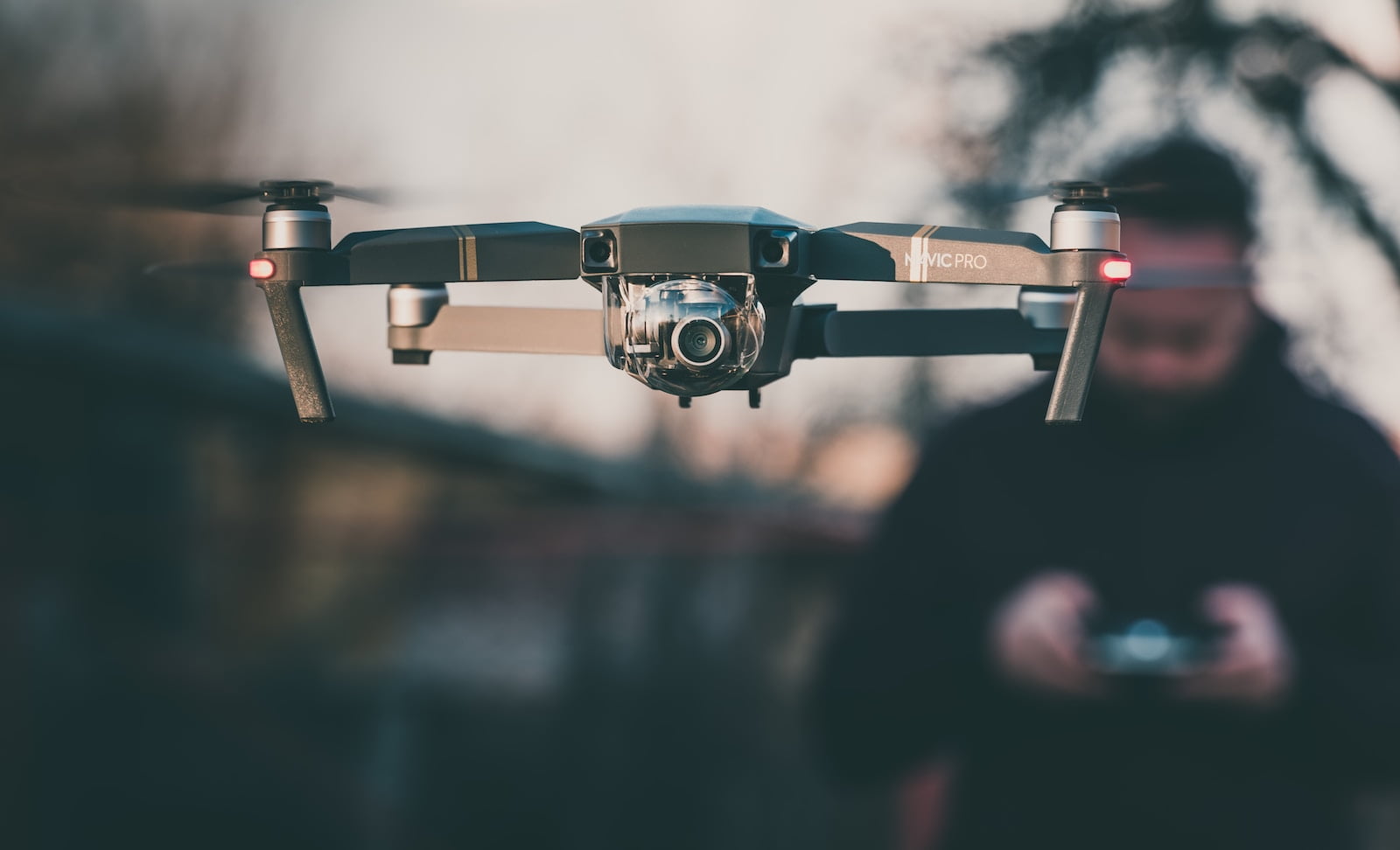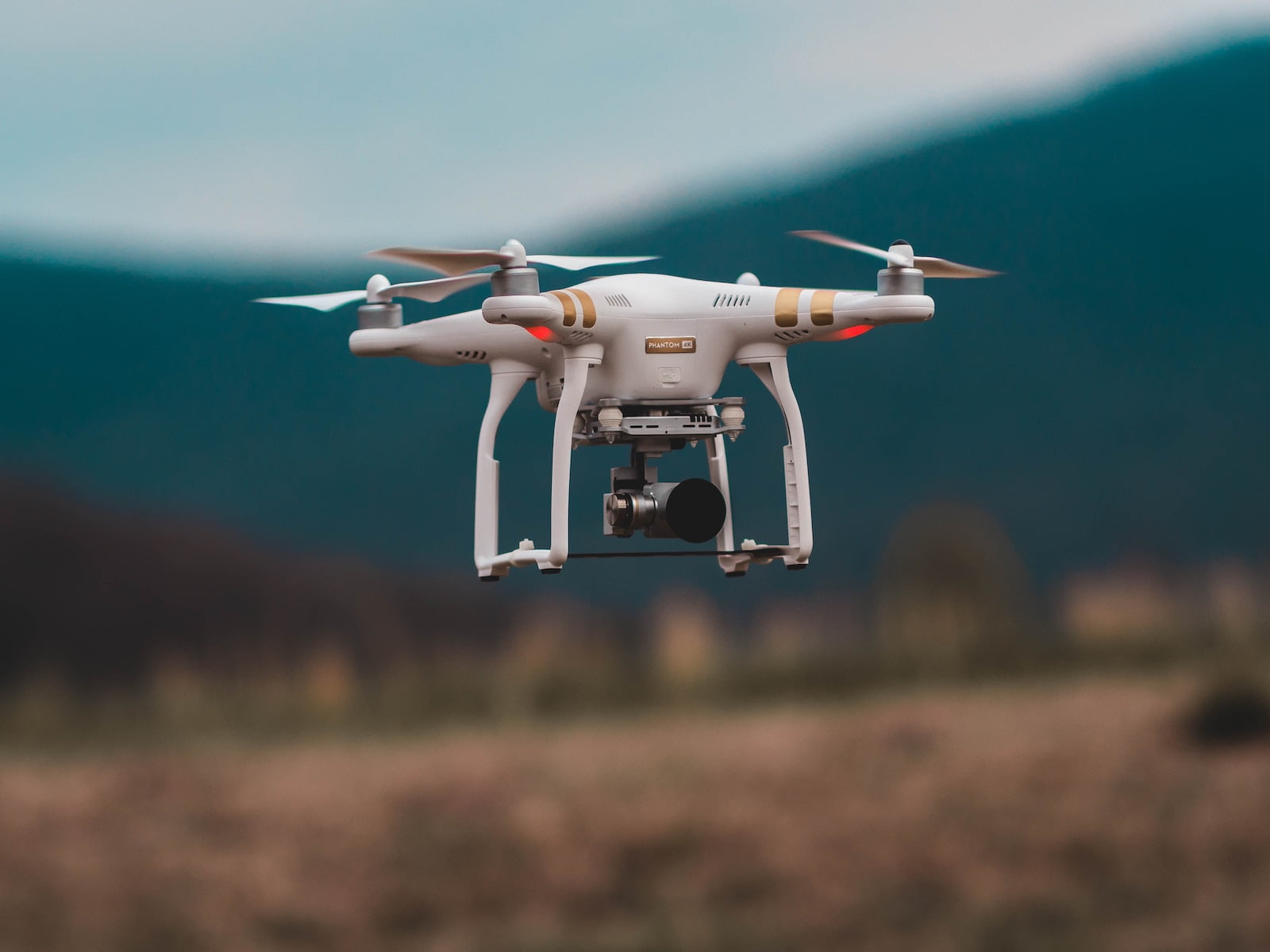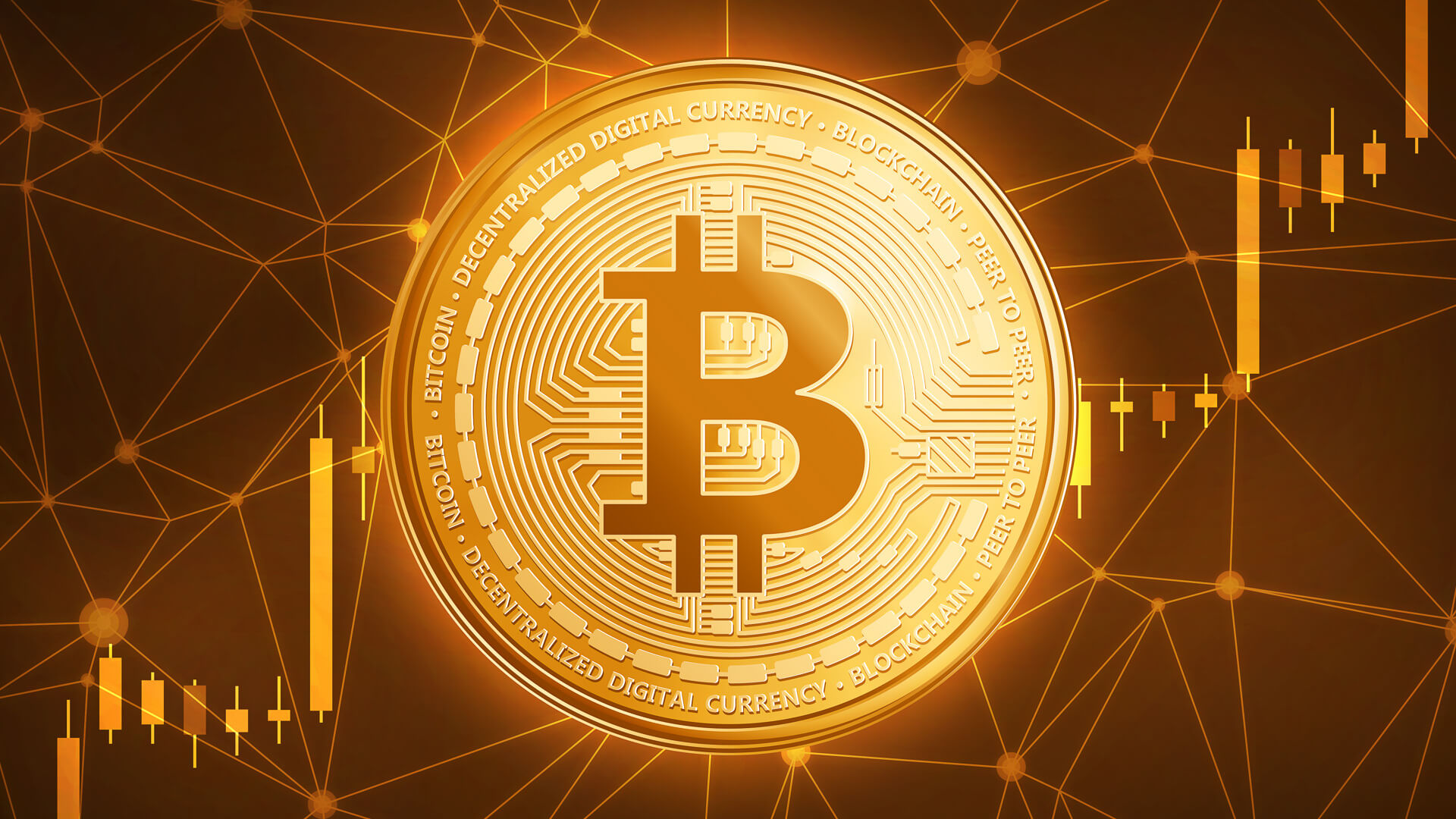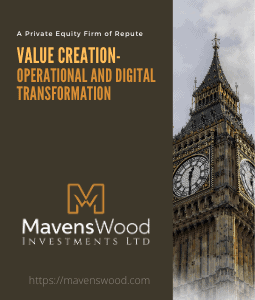Most insiders agree that the future growth of cryptocurrencies and digital assets largely depends on institutional adoption, and, of course, those type of investors must rely on fair value measurement of their assets. However, when it comes to cryptocurrencies and digital assets, most people would not think that valuation – defining their worth in an audit-able form – would be such a challenge. Just ask the American Institute of Certified Public Accountants&’ (AICPA) Digital Asset Working Group of approximately 30 subject-matter experts who over the past 10 months have been working to develop nonauthoritative guidance for professionals related to the accounting and auditing of these assets.
We&’re just getting started: Get a grasp on the emerging paradigm now
Technology and Data specialist Lukka has already over 3,000 digital assets in their database they actively keep track of, noting that “this is not an exhaustive list by any stretch of imagination. Plenty of things are still in the SAFT (simple agreement for future tokens) or SAFE (simple agreement for future equity) form and so while these are not the actual tokens, they may still actually trade. And if we would include some of the very illiquid things, the number would be a lot more than that.
“When you look at US stocks that are reasonably liquid, we may be looking at a number of around 8,000 to 10,000. So, to put in perspective, with digital assets we are looking at the same order of magnitude as equities already, and here, we just started.”
Given that experts expect that in 10-15 years traditional and other assets will be trading the way Bitcoin is traded now (page 8) implies that all types of investors are advised to develop a deep understanding of the new paradigm:
- Why taxonomy is important: Cryptocurrencies, digitized assets, digital securities, stablecoins, and four types of tokens (page 6-11, 20)
- How do you price these assets and establish consistency across the industry when they trade 24/7 and there&’s no principal market? What is the closing price of assets on exchanges that never close? Is taking 11:59 pm UTC as a standard pricing measurement for the more liquid instruments trading 24/7/365 a good idea? (page 11-19)
- Are cryptocurrencies / digital assets Level 1, 2 or 3 in the fair value hierarchy, and why has this question such a significant practical impact? (page 15-20)
- Why is “nearly all” data from the 200+ exchanges (better: marketplaces) wrong? How do practitioners work with data that is “95% fake”? Which processes are used to get to the real transaction data ? (page 16-19)
- The role of fees in valuation procedures & the Bifinex phenomenon. Risk considerations in valuation. Shor&’s algorithm, quantum computing and the perspective of professional code breakers (page 21-24)
- Auditing investment funds that hold digital assets: Why public block explorers won&’t give you assurance but running your own nodes. Implications of the Wyoming custody rules. SOC 1, SOC 2 / Type 1, Type 2: How to properly audit a crypto asset custodian (page 24-29).
The Opalesque Crypto Asset Pricing & Valuation Roundtable, sponsored by Lukka, took place in New York with:
- Diana (Di) Krupica, Lead Manager for Emerging Assurance Technologies, American Institute of Certified Public Accountants (AICPA)
- Jay Biancamano, Managing Director, Digital Assets and Blockchain Innovation, State Street
- Jeremy Drane, Chief Commercial Officer, Lukka, Inc.
- Joshua Lefcowitz, Partner-in-Charge, Valuation Services, Cohen & Company
- Martin Schmidt, Partner, Valuation Services, KPMG
- Nick Ogurtsov, Chief Operating Officer and Chief Risk Officer, Lukka, Inc.
- Teddy Fusaro, Chief Operating Officer, Bitwise Asset Management








